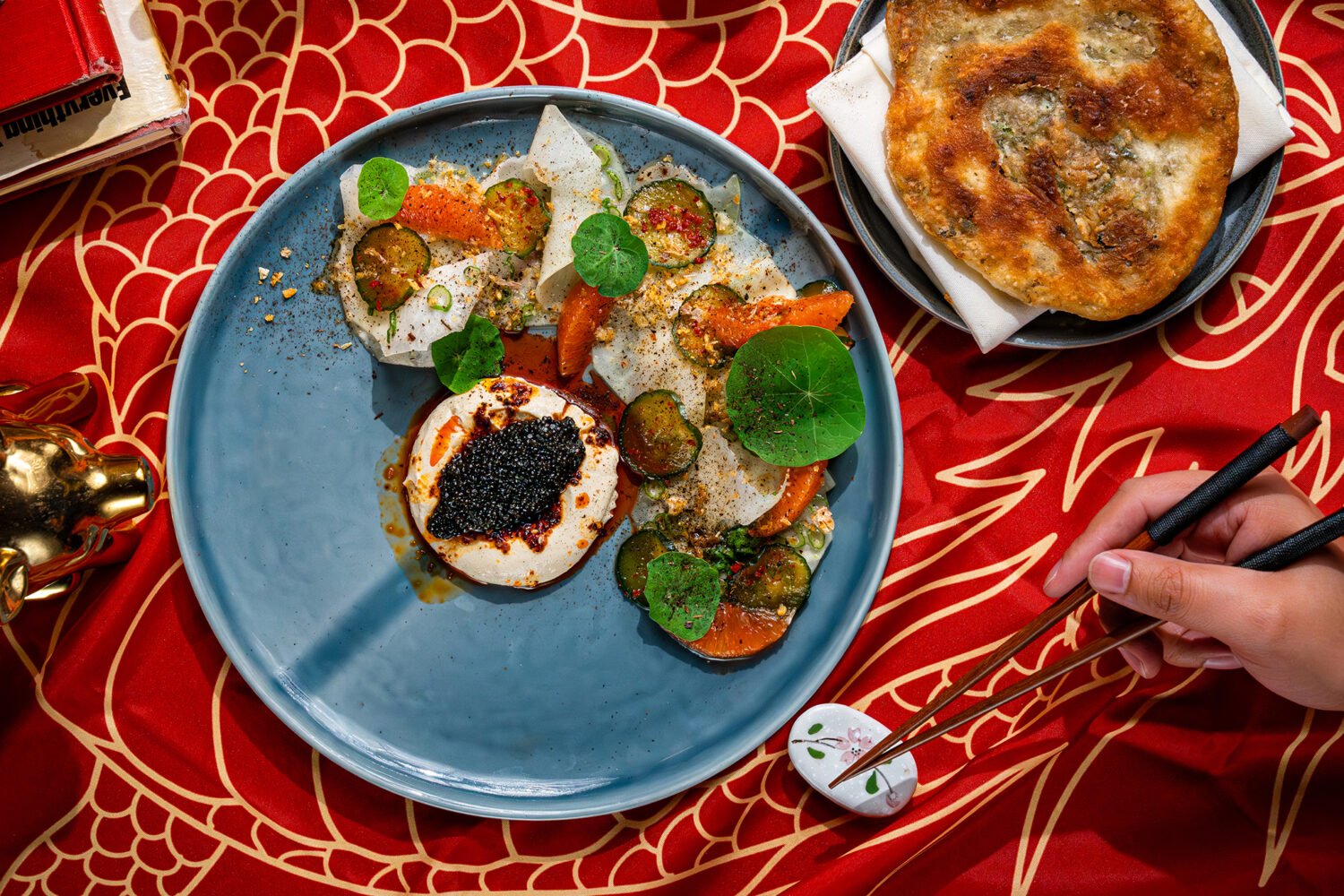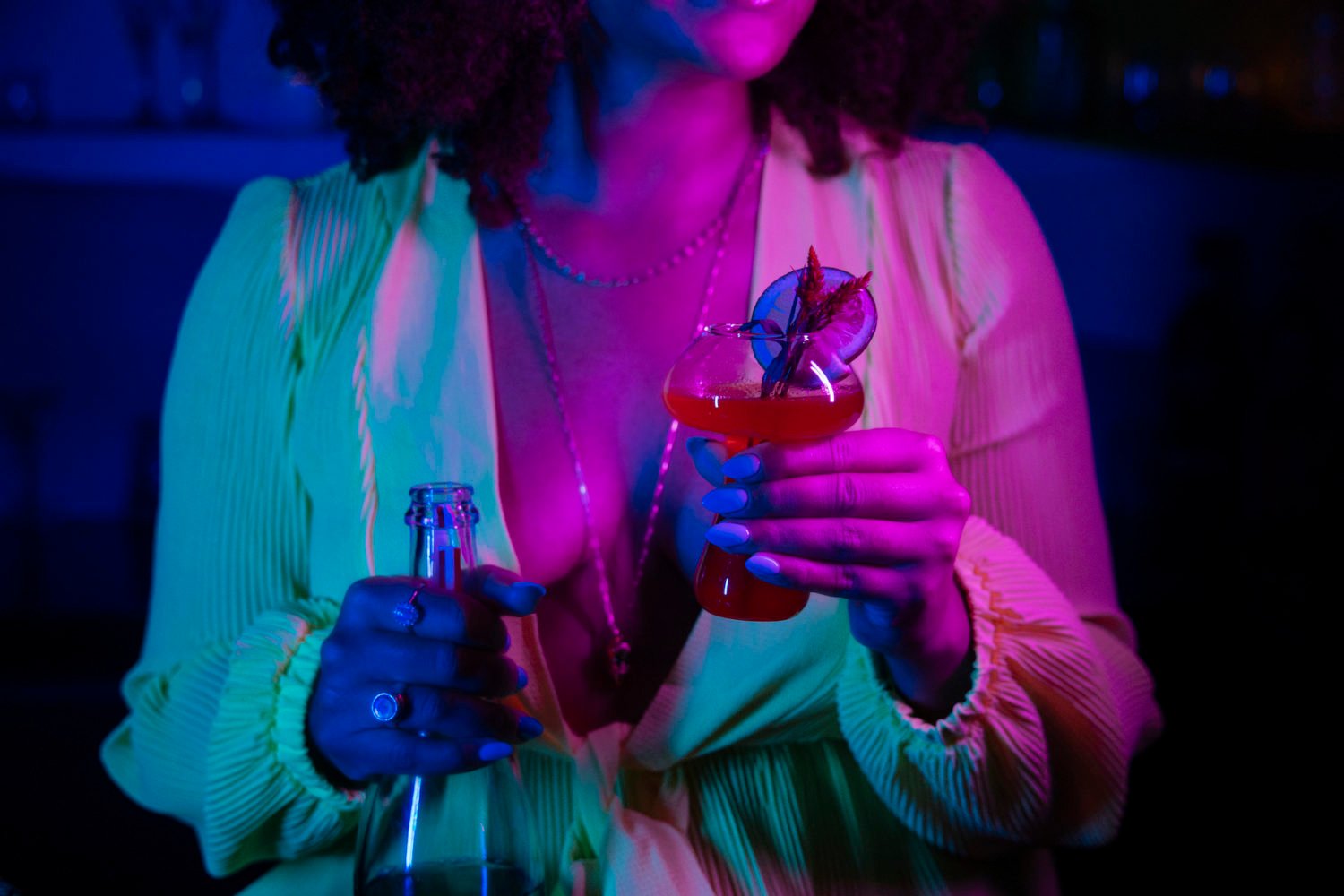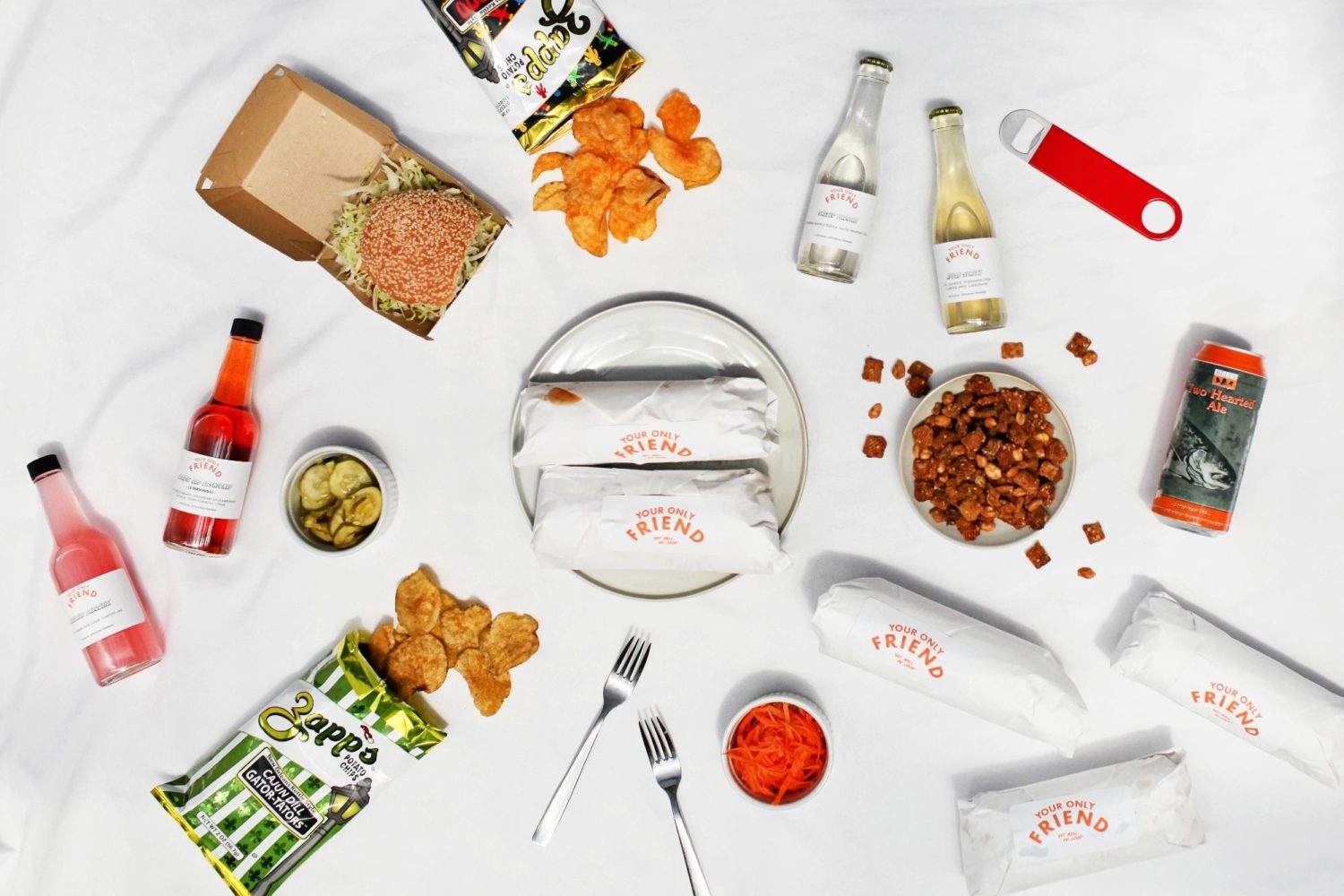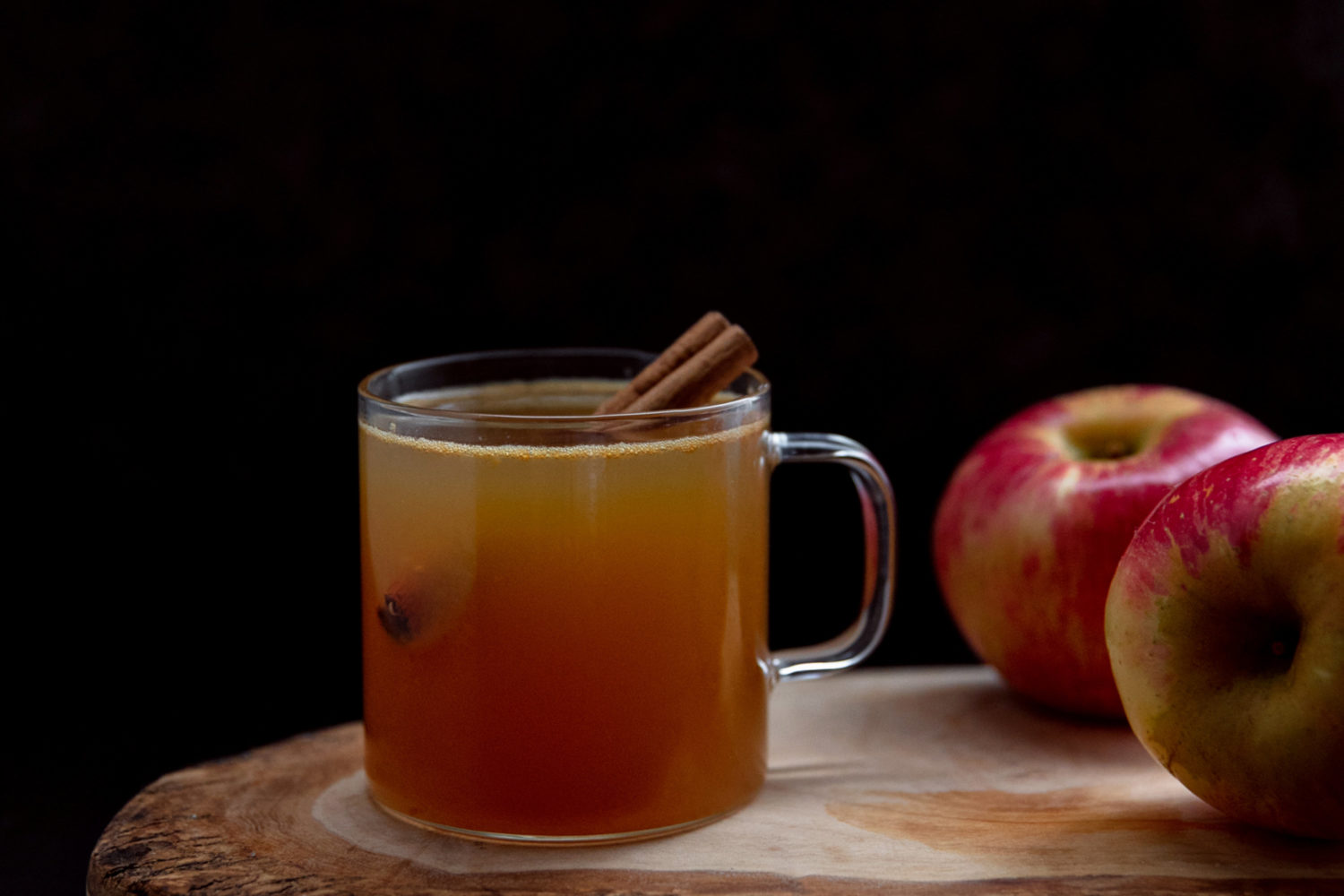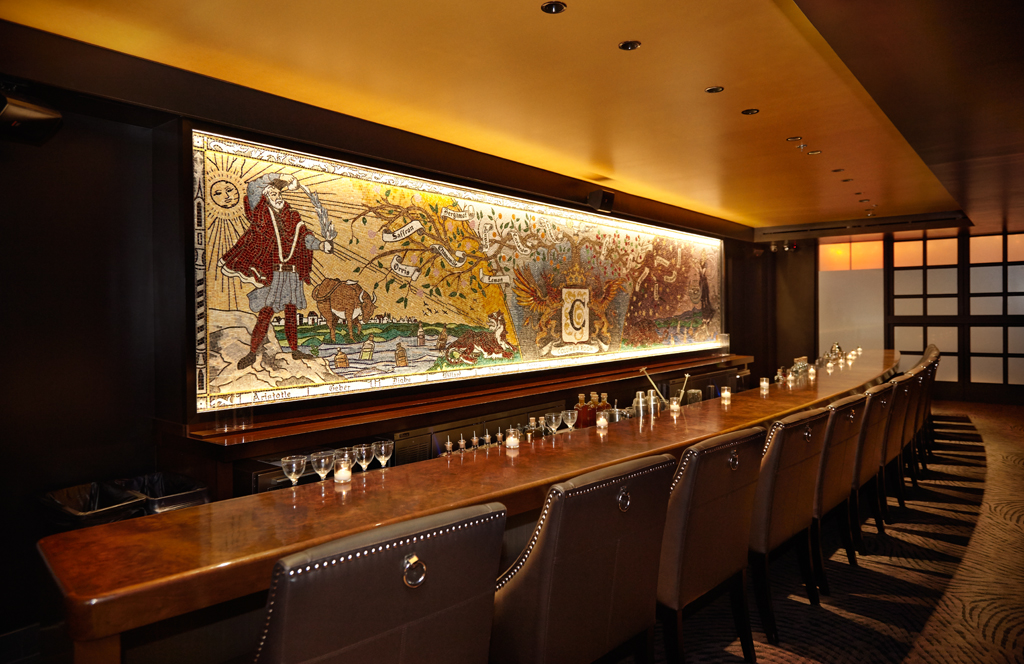In 2017, Columbia Room founder and Drink Company president Derek Brown helped the National Archives put together a series of panels about the history of the cocktail. As the project neared its end, someone asked Brown if he’d been recording the whole thing.
“Oh, shit,” Brown recalls thinking. He hadn’t preserved any of it. But out of that “mistake,” a book was born. “Rather than call everybody back up and have them restate everything they said, I said, you know, I’m just going to write it from my experience, the things I learned, what I take away from it,” Brown says.
The result is recently released Spirits, Sugar, Water, Bitters: How the Cocktail Conquered the World, written with Brown’s friend, local freelance journalist Robert Yule. With a bartender’s chattiness, the book details the roots and history of the American cocktail—from fruit brandies distilled by European colonists to Oaxacan old-fashioneds stirred by today’s mixologists. Brown also shares cocktail recipes that have defined various eras in addition to anecdotes about his own evolution in the DC bar scene. (Brown’s Drink Company now hosts DC’s most popular pop-up bars.)
We chatted with Brown about the best (and worst) periods in American drinking, the most underrated classic cocktails, and why TGI Fridays is actually an important part of bar history.
If you could take a time machine to any period in time—just for the drinking—which would you choose?
This is probably going to be a weird answer, but I’d like to go all the way back. I want to go 300,000 years ago. I’m so curious! It’s so hard to imagine, but there’s literally one person who picked up a glass of booze and drank it and like, ‘Oh, yeah, that’s pretty good. I like that. Let’s have a second glass.’
That’s not the answer I was expecting.
I’m just fascinated by the whole history going all the way back to the beginning. In the book, I really try to make this argument that drinking alcohol is something that goes back a very, very long time, and the cocktail is one iteration of that. Drinking alcohol has for many centuries, and possibly for hundreds of thousands of years, been mixed with other things. A lot of people, if they think about early humans drinking at all, they think about them drinking maybe wine or maybe beer. And they did—but not the way we think of it. The beer had stuff in it. The wine, they added stuff to it. In all cases, people were drinking mixed drinks.
What would you say was the best era to be a bartender?
It sounds like I’m bookending it, but now. This is better than it’s ever been, and it’s important for people to know. We got enamored with the pre-Prohibition cocktails, and they were very good, but nothing is better than right now. The quality of ingredients, the technique behind those ingredients, the information that we have at our fingertips, and the fact that cocktails are not just made by white men. Now, we have a diverse group of people from all over and everywhere that bring a new insight into what the cocktail is and what it can be.
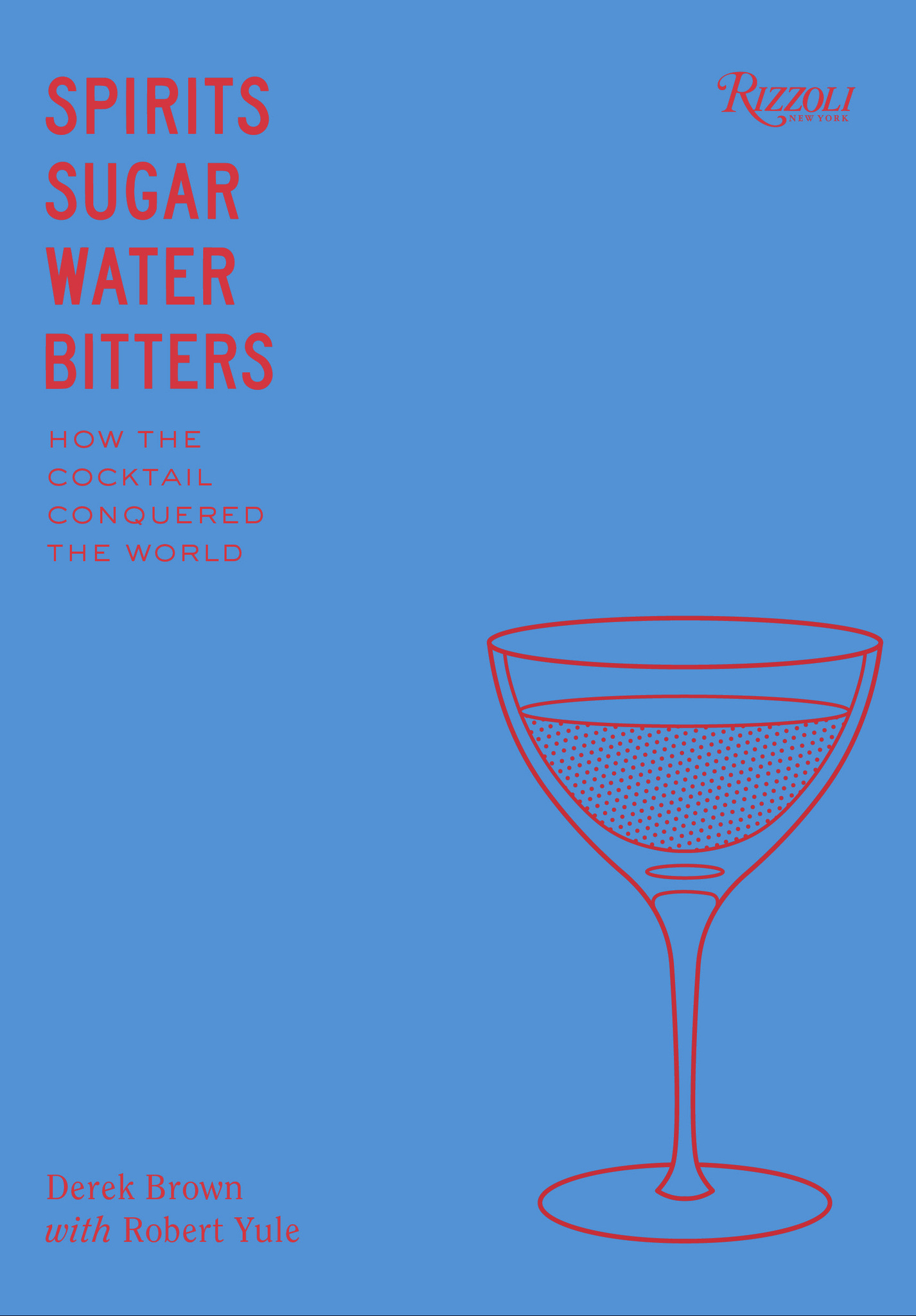
On the flip side, what would you say was the worst decade of American drinking?
It’s the Dark Ages.
And when you say the ‘Dark Ages,’ you mean the 1970s and ’80s.
Yeah, literally that’s called the Dark Ages in the book. It just so happens that after that Mad Men era in which cocktail was king, the kids that came out of that era who became the hippies. It just wasn’t cool to drink cocktails. It was cool to smoke pot. It was cool to do acid. But alcohol was not at the forefront of hippies’ preference of intoxicants. And so that kind of diminished the standing of drinks.
But also in the 1980s when we saw a rebirth of some of the cocktails, they were just all style over substance. You had that sort of angular blue drink that was there as an accessory. You did have disco cocktails, but they were not going to be a Manhattan. They were not going to be an old-fashioned. You can’t really imagine drinking that while you’re dancing in whatever bell bottom polyester suit you’ve got.
Were the 1970s really worse than Prohibition?
Well, I don’t know, maybe not. But at least Prohibition had this imprint of what had been. It was still part of the culture to have great cocktails. That was maybe the first shot across the bow that would start to diminish the standing of cocktails, but I’d say the ’70s and ’80s put cocktails in a coffin.
Well, in defense of the ‘70s, I was surprised to learn that TGI Fridays, of all places, used to be a respectable cocktail destination. [Before its days of frozen strawberry daiquiris and mudslides, the chain—considered the first “singles bar”—had an expansive bar program that “got young people off the disco floor and back into a traditional bar setting, ordering cocktails,” Brown writes.]
I did find great joy in the fact that sometimes it’s in unlikely places that we find our savior. TGI Fridays, god bless them, they really set us back on track. And so, I can’t really be mad at TGI Fridays. Also, that spinach-artichoke dip, how good is that?
If you were going to delve into the Dark Ages, what cocktail is the most acceptable?
I guess if I was to say one that even right now is having a rebirth, it would be the Tequila Sunrise. It’s a fairly simple drink—tequila, orange juice, grenadine—but you have a lot of possibility to augment and change that and make it cool. Right now, I love that people are doing stuff with supercharged orange juice—basically orange juice that is acidified. They’re making their own grenadine, of course, and they’re even making different sweeteners and flavorings that would be great for it. It’s ripe for experimentation, and that for me is a great basis for a cocktail.
What is the most underrated classic cocktail?
This is by no means underrated, but certainly by people like me, it was way underrated: the Cosmo. It’s time to be honest about the Cosmo. It is a delicious drink. [Museum of the American Cocktail co-founder] Chris McMillian said it very eloquently in his seminar that he did at the National Archives. He traced the Cosmo all the way back to the Crusta [“a proto-sour” dating back to the 1800s] and showed its lineage. It really does have royal blood, so to say.
The reason I hated the Cosmo was because it still remains the number one drink I’ve made in my life. I made that many of them. You associate popular with bad in some ways, especially if you’re like me. But at the end of the day, the Cosmo should be put back on the shelf and people should be making Cosmos at their bars.
Do you have it on any of your cocktail lists?
Oh no, c’mon. But we can make it.
What makes a great Cosmo versus a crappy Cosmo?
The thing about the Cosmo that I think makes it really great is making sure you’re using fresh lime juice. That was one of the number one sins of the Cosmo of days past. Cranberry juice is a great sort of tart, refreshing drink, but it needs that lime juice for the kick. I think the Ocean Spray is just fine. You don’t need to get fancy with the cranberry juice. Absolut Citron works with it—that’s probably the most common one—but you can experiment with different citrus vodkas. I’m no fan of flavored vodka in general, but the lemon one is not bad.
In terms of popularity, what’s the Cosmo of today?
I think the Moscow Mule is probably the Cosmo of today. And the old-fashioned, they split it. The Moscow Mule is just a fancied up high-ball, but it looks cool. Both of those are respectable orders, for sure.
While researching the book, was there anything in particular you learned that has really stuck with you?
The book begins and ends with sherry. I think everybody who knows me or knows my bars knows that I’m really a sherry head. But in a way, I guess I didn’t recognize its importance for cocktails. When I opened Mockingbird Hill, the goal was to serve it just as it is so people could try it. I don’t know if that’s ever how Americans will drink sherry—besides Frasier. But it really is making waves in terms of cocktails. It’s not going away.
But it sounds like you’re not going to bring back the sherry bar?
Maybe? We always joke about doing a sherry pop-up at Mockingbird Hill [which closed in 2016 and is now used for pop-up bars].
Looking forward, what do you think will define the next era of cocktail making?
I think the real thing going forward is just this new generation of bartenders. They’re just coming up with things that were never thought of. They’re connecting it to social movements. They are experimenting with CBD and different formats of presenting cocktails. I love the sustainability angle. So there’s a lot of cool stuff. But the question is probably better asked to the next generation of bartenders.
This interview has been edited for length and clarity.






